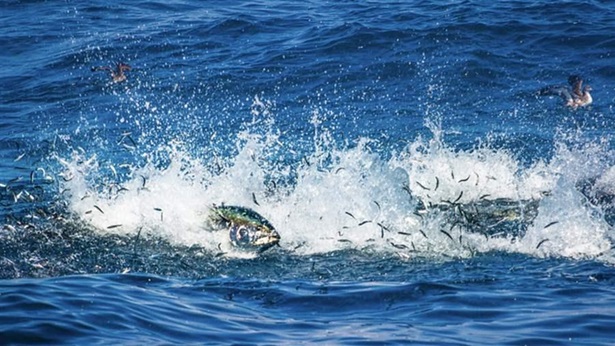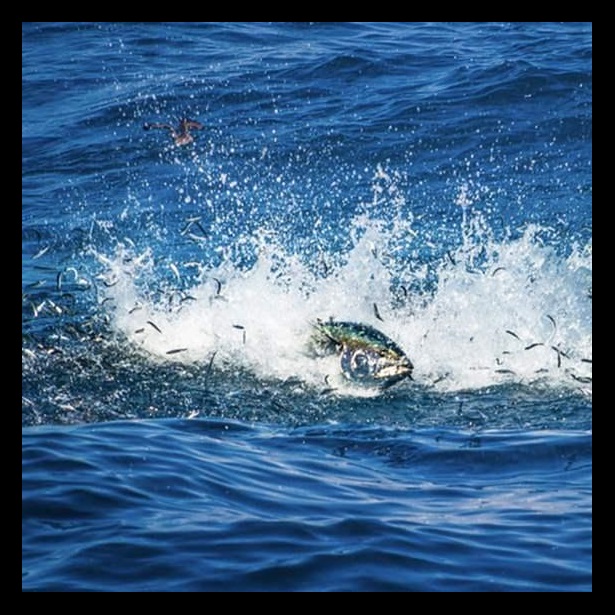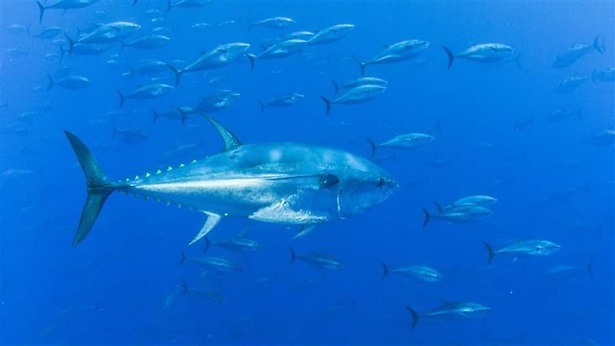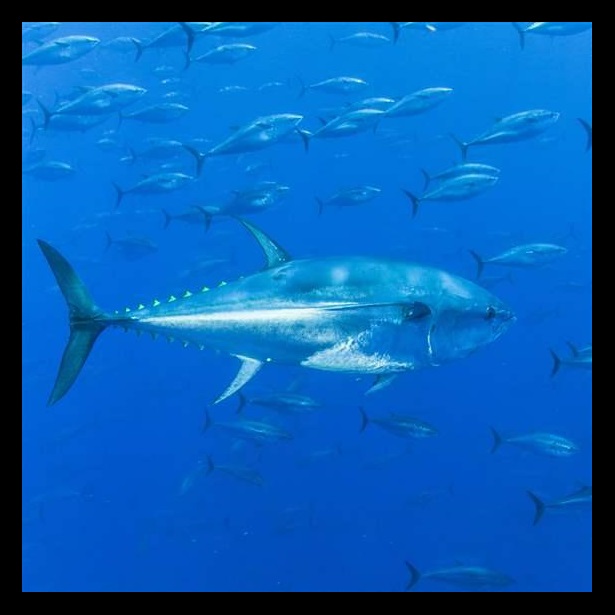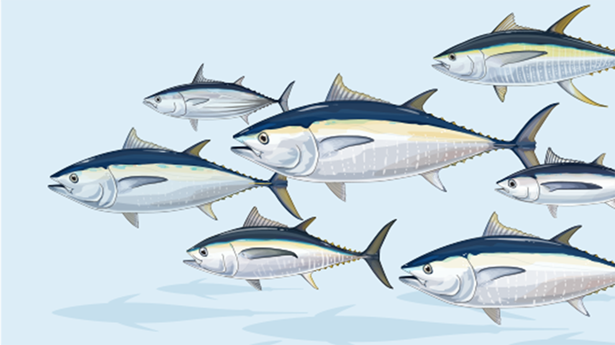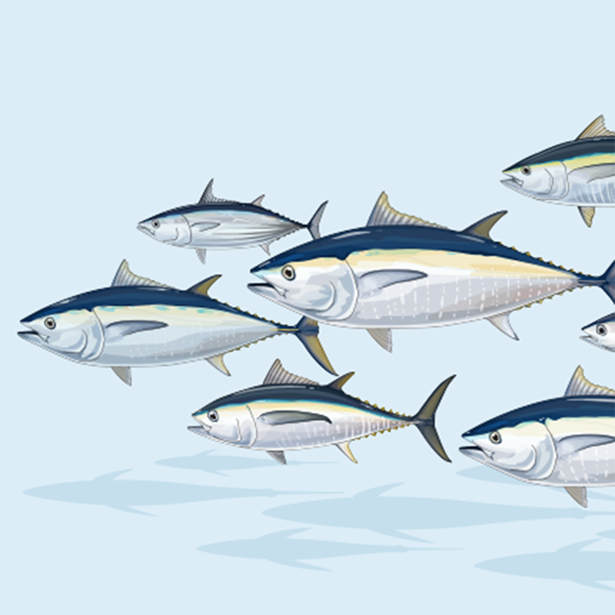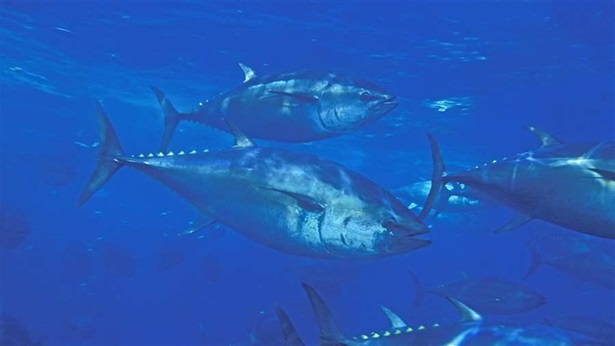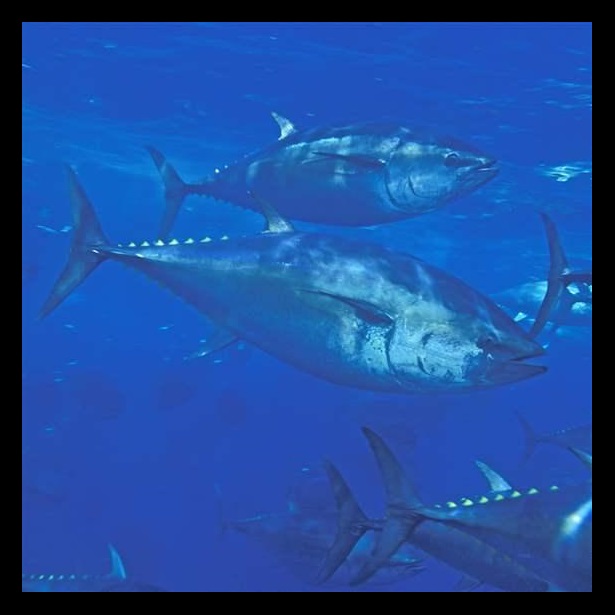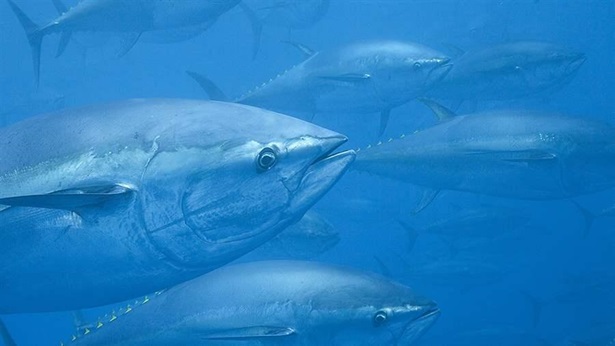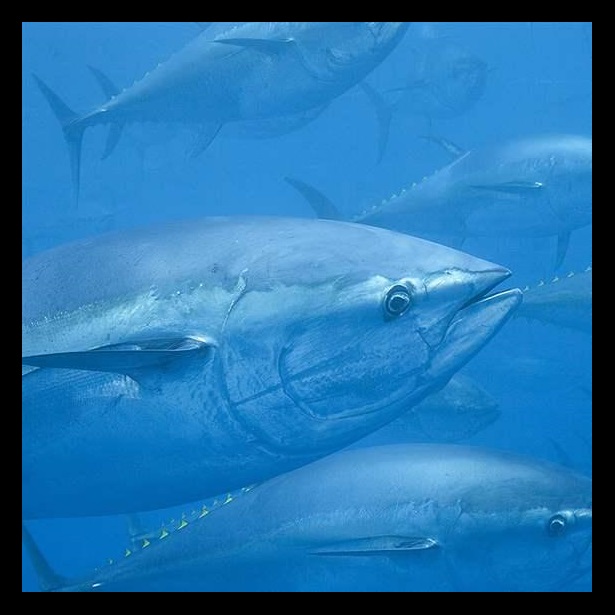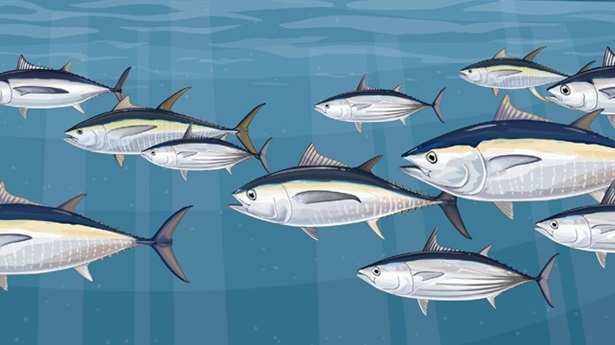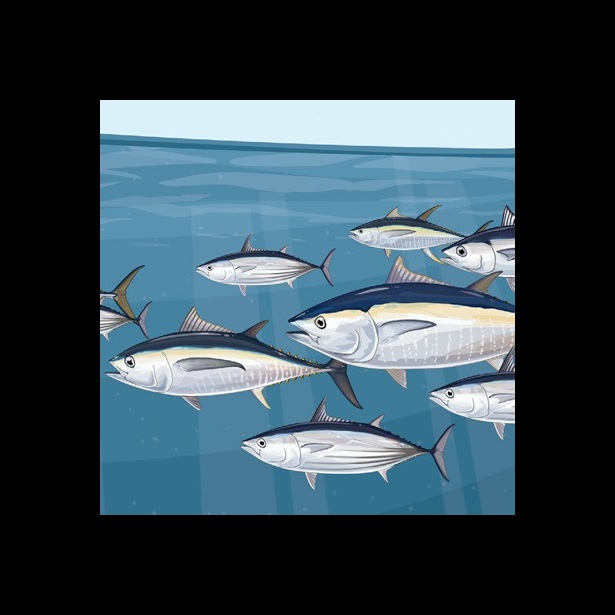Bringing Bluefin Back
A global effort to rebuild iconic tuna populations that have long captivated fishermen and ocean advocates
The three species of bluefin tuna that travel across enormous swaths of the world’s temperate oceans have gained legendary status among fishermen for their size, speed, power, and remarkable migrations. Atlantic, Pacific, and southern bluefin can weigh hundreds of pounds, swim more than 40 kilometres (25 miles) per hour, and live up to 40 years.
But the increased global demand for high-end sushi has put some bluefin stocks at risk of disappearing: For example, years of overfishing have severely depleted Pacific bluefin, with the population now at just 2.6 percent of its historic level. The western stock of Atlantic bluefin tuna, meanwhile, is only now beginning to show signs of growth after decades of mismanagement, and there are reasons to doubt the staying power of this positive trend.
On the other hand, bluefin in the eastern Atlantic and Mediterranean Sea are coming back and southern bluefin populations are slowly improving because of more effective and modern strategies implemented by the Commission for the Conservation of Southern Bluefin Tuna (CCSBT) in 2011. These developments show that bluefin stocks can rebuild.
Worldwide, these tuna are worth billions of dollars each year in fishing income, dockside sales, and restaurant bills. According to 2014 data, the three bluefin species together generate more than $2 billion for the industry each year. Despite that value—and the demonstrated benefits of healthy stocks to ocean ecosystems and the fishermen who target bluefin—managers have been slow and sometimes reluctant to make science-based, precautionary management decisions for these stocks.
That is why The Pew Charitable Trusts has been working around the world to bring bluefin back.
To succeed, the major regional fisheries management organizations responsible for these tuna—the International Commission for the Conservation of Atlantic Tunas (ICCAT), the Inter-American Tropical Tuna Commission, and the Western and Central Pacific Fisheries Commission—must follow the lead of CCSBT and implement harvest strategies to make sure that bluefin stocks can rebuild and then remain healthy. These strategies require stakeholders to agree in advance on key management objectives for the fishery and on the actions they will take to keep the fishery at a healthy level. This process helps avoid quota negotiations that often become contentious and time-consuming and that have led to overfishing of each of these stocks at some point.
No matter their status or where in the ocean they hail from, these bluefin species should be managed wisely to ensure that their populations are healthy and that they continue their epic ocean journeys for many years to come.


America’s Overdose Crisis
Sign up for our five-email course explaining the overdose crisis in America, the state of treatment access, and ways to improve care
Sign up
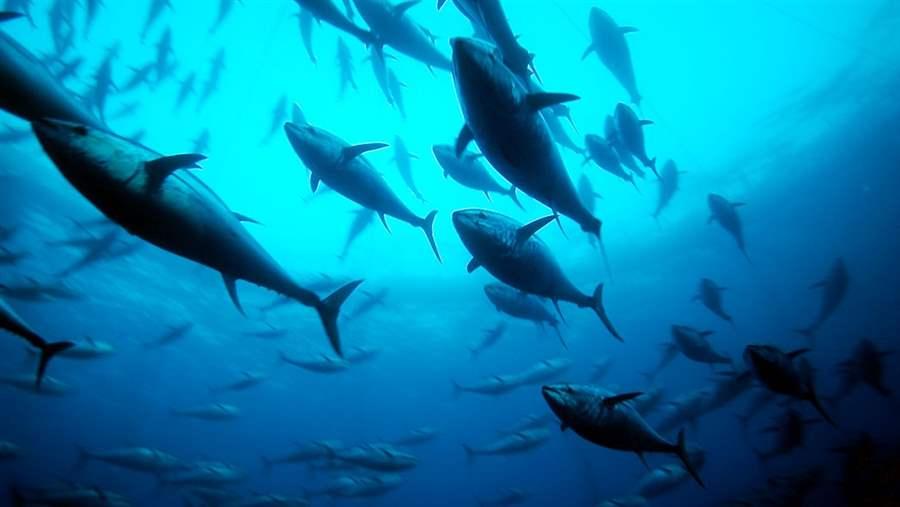
This video is hosted by YouTube. In order to view it, you must consent to the use of “Marketing Cookies” by updating your preferences in the Cookie Settings link below. View on YouTube
This video is hosted by YouTube. In order to view it, you must consent to the use of “Marketing Cookies” by updating your preferences in the Cookie Settings link below. View on YouTube

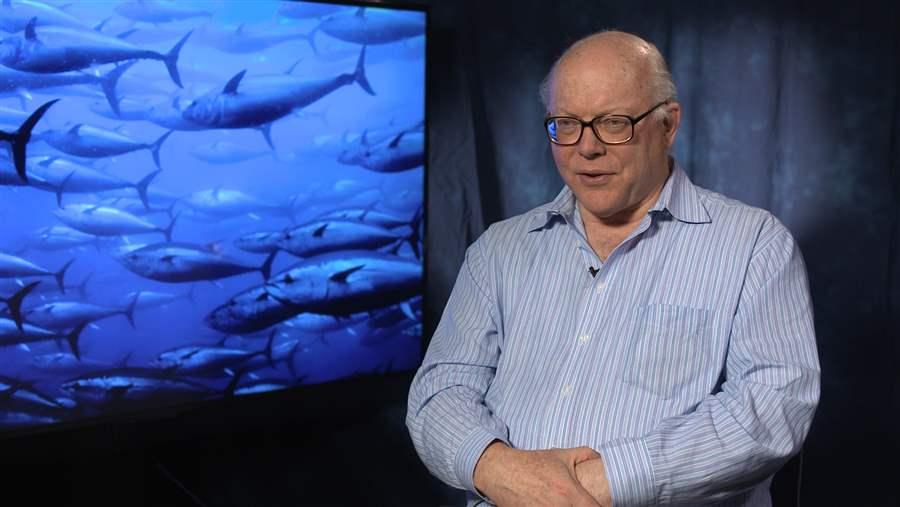
This video is hosted by YouTube. In order to view it, you must consent to the use of “Marketing Cookies” by updating your preferences in the Cookie Settings link below. View on YouTube
This video is hosted by YouTube. In order to view it, you must consent to the use of “Marketing Cookies” by updating your preferences in the Cookie Settings link below. View on YouTube
